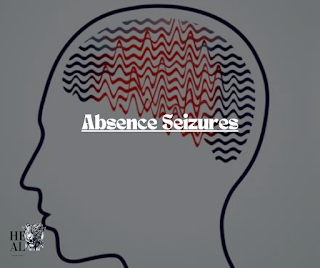Absence Seizures
Absence Seizures
Absence seizures are characterized by sudden lapses in consciousness, often seen more frequently in children. While typically brief and not physically harmful, they can pose risks, particularly in situations like driving or biking. Managing absence seizures typically involves medication, and many children outgrow them by adolescence.
Symptoms
During an absence seizure, individuals may exhibit a vacant stare and various subtle movements such as lip smacking or finger rubbing. These seizures usually last for about 10 to 30 seconds and are followed by a return to normal consciousness, though longer seizures can lead to missed time and interfere with daily activities.
Causes
Absence seizures often have a genetic basis, involving disruptions in the brain's electrical activity and neurotransmitter levels. They're characterized by repetitive electrical signals in the brain, occurring typically in a three-second pattern.
Risk Factors
Children between the ages of 4 and 14, females, and those with a family history of seizures are more prone to absence seizures.
Complications
While most children outgrow absence seizures, some may require lifelong medication or develop more severe convulsions. Complications can include learning and behavioral issues, social isolation, and injury during seizures.

